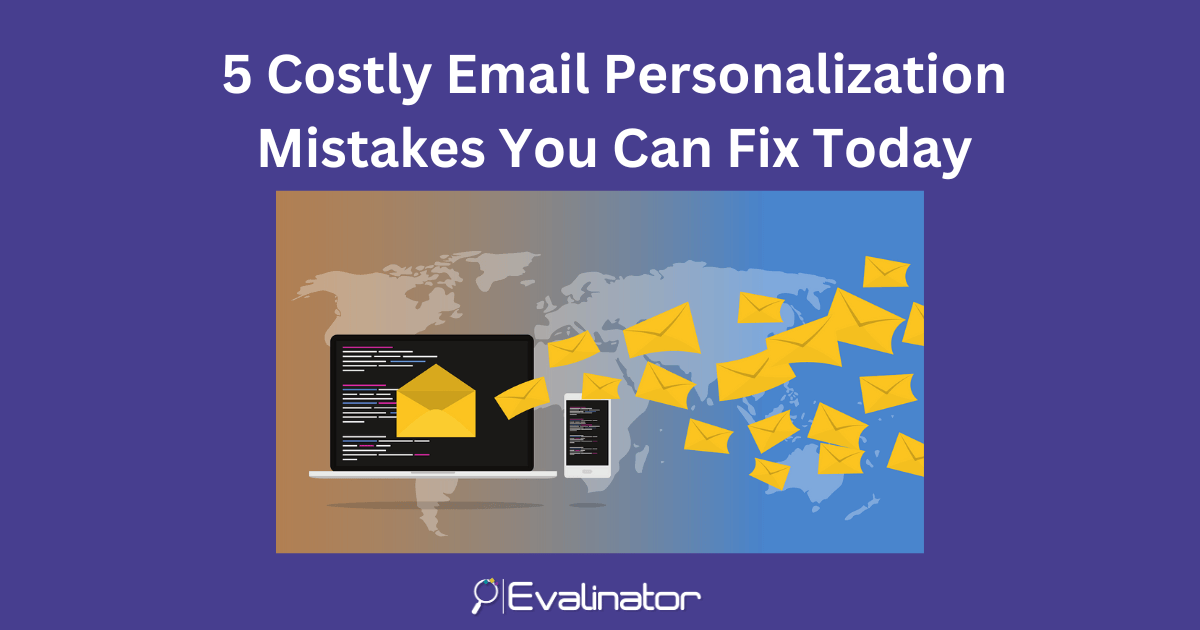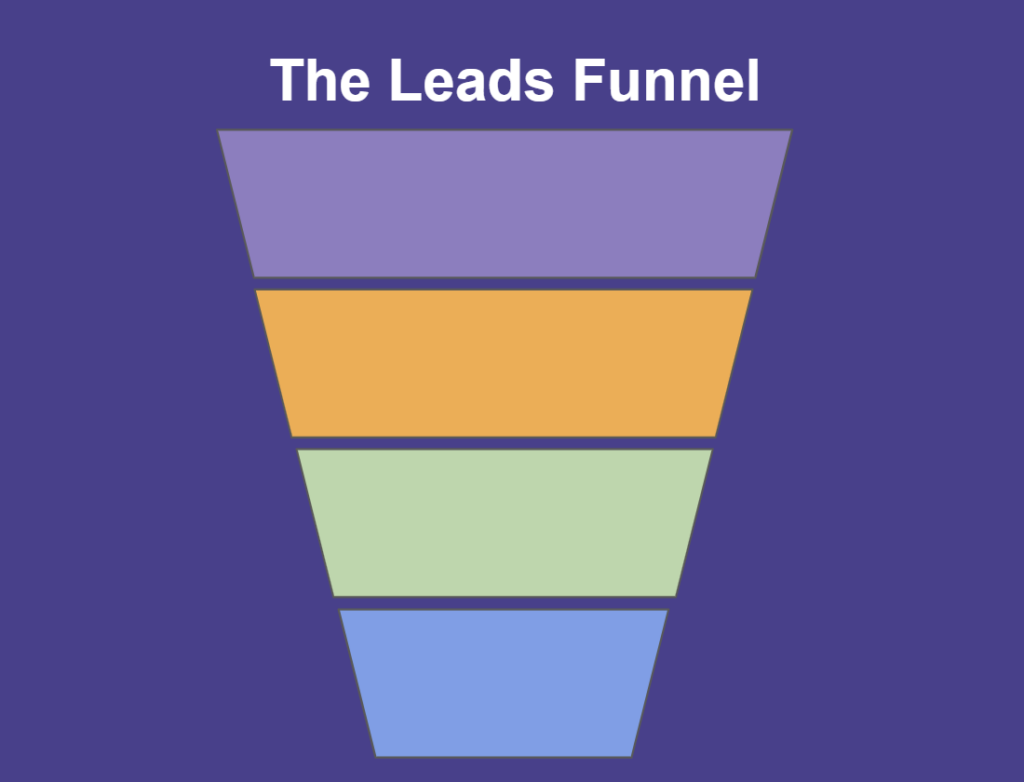


Did you know that 5 of those top email personalization mistakes were related to the context that you have about your customers.
This is also a common theme across most research around email personalization.
These “context” mistakes were largely about:
All of these point to the one underlying issue that every marketer or sales person faces with email marketing: What to write to my customers and prospects about that they will find relevant?
Over time, the more generic or non-personalized emails we send, the more we fade away from your customers minds. Because customers don’t find value in what we send them. It becomes a mechanized engine which is not very effective.
Don’t we all nervously track the open rates and click through rates of our emails every day. We know that feeling that email personalization brings.
 One way is to do research for every prospect. But that’s extremely time consuming, and does not work very well if you have to reach your database every week or month. Plus 3rd party research is not accurate so when done on scale results in pretty generic and vague targeting (e.g. We see you are a busy executive….”. Plus only a percentage of your prospects are actually looking for your services.
One way is to do research for every prospect. But that’s extremely time consuming, and does not work very well if you have to reach your database every week or month. Plus 3rd party research is not accurate so when done on scale results in pretty generic and vague targeting (e.g. We see you are a busy executive….”. Plus only a percentage of your prospects are actually looking for your services.
The second way is to sponsor or buy 3rd party research. The problem is that these are often so generic and vague that they are not actionable. And your prospects know most of it anyway. Plus everyone is doing the same. A common reaction is “yes, I know”.
Using AI to personalize is not helpful either. It sounds tempting because you can apparently personalize at scale. But as the use of these tools has increased, educated buyers can see through the charade. e.g. “….with 10 years of experience, you are a world class influencer…”. It’s also frequently inaccurate or out of date. Unless you are selling at low price or in bulk, this mass personalization takes too much effort to set up and is not very helpful.
You don’t have to personalize for every person if you can personalize for your narrow target segment.
For example “as manufacturing costs have fallen by 10% over the last 6 months, are you doing these 5 things to make the most of it?”.
An excellent framework to use is a maturity model. It’s basically a structured way to help your clients understand:
For example:
You can also use personality assessments such as DISC or the Big 5.
You need to make your maturity model actionable. That means it should be seen and experienced by your target audience.
Use an online assessment tool to create your model:
A maturity model lets you build trust by engaging in a way that is truly helpful.
So you can solve those pesky email personalization issues and increase relevance by using Evalinator.
Try Evalinator for 14 days risk free.
That way you will know if using Evalinator will work for your needs
We’ll see you around!

Feeling frustrated with lead generation?
Take this free, 5-minute quiz and get more prospects into your leads funnel.
Instant Results. Actionable recommendations. Email required.
Find Your Score >>